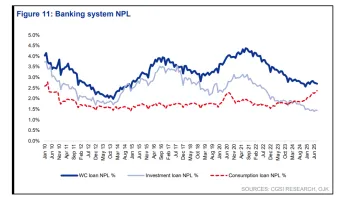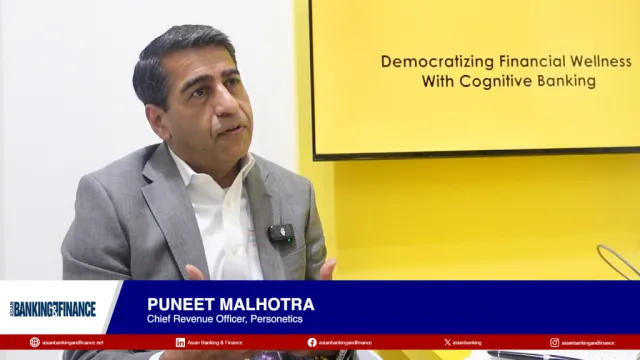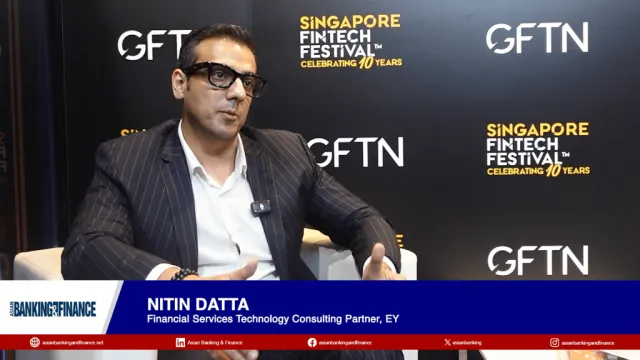Security Bank modernises core systems to meet digital demand
The bank is investing in AI, cloud, and omnichannel platforms to future-proof its operations.
Security Bank is upgrading its digital systems to replace legacy tech, unify platforms, and meet rising customer expectations with faster, more secure, and personalised services.
“Our strategy revolves around three pillars: ongoing enhancements to improve customer service, boost operational efficiency, and strengthen security modernisation,” said Lucose Eralil, Executive Vice President and Chief Operating Officer of Security Bank.
Eralil noted that infrastructure automation and network transformation are key priorities, enabling the bank to support “faster and more personalised service,” while building a foundation for innovations in AI, open banking, embedded finance, and real-time data platforms.
Security Bank’s transformation is structured around segment-specific strategies. “In retail banking, our entire front-to-back aspect of modernisation covers online banking re-architecture, eKYC and digital onboarding, retail loan origination, ATM re-fleeting, and PFM,” he said. “In wholesale banking, we are completely revamping our entire online banking and channel stack.”
For business banking, trade and supply management are now priority areas, while financial markets and wealth management are next in line. “Our wealth and investment platform will come online in the third quarter of this year,” he added.
Strategic partnerships are playing a pivotal role in accelerating this shift. “We look at partnerships from two aspects,” said Eralil. “One, partnerships that help us create an ecosystem and leverage a broader set of solutions. The second is around our vendors that we work with, and these are partnerships that we build strategically.”
Customer-facing platforms are also seeing major improvements. “Our retail online banking re-architecture has been a standout achievement, providing a modern, digital-first banking experience,” said Eralil. The new app features real-time data streaming, two-factor authentication, and full account integration. As of May 2025, it had over 1.1 million enrolled users and processed more than 20.5 million transactions.



















 Advertise
Advertise






Commentary
Thailand backs major conglomerates for digital banks but risks stifling innovation